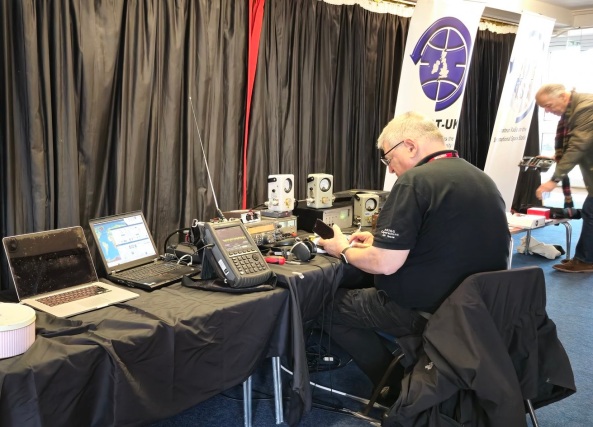
Preparing for ARISS school contact
An ARISS contact is scheduled with students at Mrs Ethelston’s CE Primary Academy at Axminster Community Academy Trust, Lyme Regis, U.K. at 11:44 BST (10:44 GMT) on Wednesday April 17 on 145.800 MHz FM.
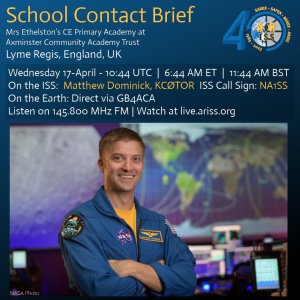
Matthew Dominick KC0TOR
Amateur Radio on the International Space Station (ARISS) has received schedule confirmation for an ARISS radio contact between an astronaut aboard the International Space Station (ISS) and students at the Mrs. Ethelston’s CE Primary Academy located in Lyme Regis, UK. ARISS conducts 60-100 of these special amateur radio contacts each year between students around the globe and crew members with ham radio licenses aboard the ISS.
Acorn Multi Academy Trust is a small trust of seven schools (Mrs Ethelstons, Axminster, Chardstock, Marshwood, Loders, Thorncombe and Membury) that are situated on the coast of the English Dorset /Devon /Somerset border. Mrs Ethelston’s CE Primary Academy is hosting this ARISS contact and is directly involved in this project, however children involved are from the 7 primary schools within this Multi-Academy Trust and range in ages from 4-11 years.
This will be a direct contact via Amateur Radio allowing students to ask their questions of astronaut Matthew Dominick, amateur radio call sign KCØTOR. The downlink frequency for this contact is 145.800 MHz and may be heard by listeners that are within the ISS-footprint that also encompasses the relay ground station.
The amateur radio ground station for this contact is in Lyme Regis, UK. Amateur radio operators using call sign GB4ACA, will operate the ground station to establish and maintain the ISS connection.
The ARISS radio contact is scheduled for April 17, 2024 at 11:44:48 am BST (UK) (10:44:48 UTC, 6:44 am EDT, 5:44 am CDT, 4:44 am MDT, 3:44 am PDT).
The public is invited to watch the live stream at: https://live.ariss.org
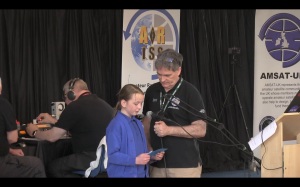
As time allows, students will ask these questions:
1. What was the hardest part of getting ready to go to space?
2. If you can make the water from a bottle float, then how can you swallow it without it coming up again?
3. Why do humans want to go to Mars?
4. How will we get loads of water in space without running out?
5. How long does it take to transmit data from Earth to ISS?
6. How do you not get lost in space?
7. Why doesn’t the ISS fall and hit the ground?
8. How much exercise do you need and how do you get it?
9. What temperature is it in the ISS and is that the same outside?
10. What is it like in zero gravity?
11. What is your favorite part of the ISS and why?
12. How fast can you move around in zero gravity?
13. How do you wash your hands?
14. Have you ever seen any astronomical phenomenon?
15. What is your favorite site every time you circle the Earth?
16. How big is the ISS?
17. How do you cook food in space?
18. How do you vote in space?
19. Are the space suits really heavy or light?
20. Which other planets can you see?
 During May there are plans for two separate attempts to make contacts from Newfoundland using the QO-100 geostationary satellite amateur transponders.
During May there are plans for two separate attempts to make contacts from Newfoundland using the QO-100 geostationary satellite amateur transponders.



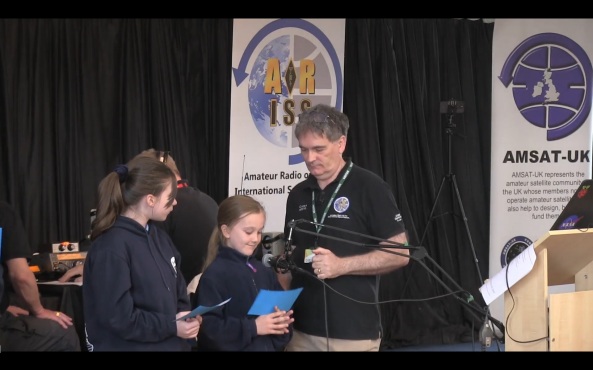
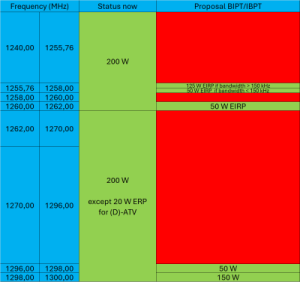
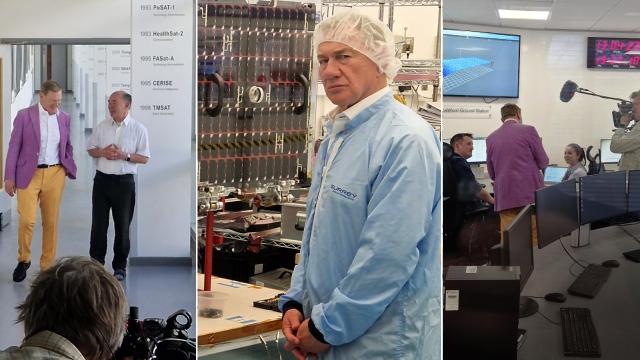



You must be logged in to post a comment.